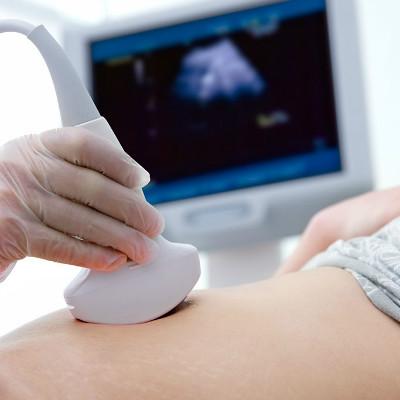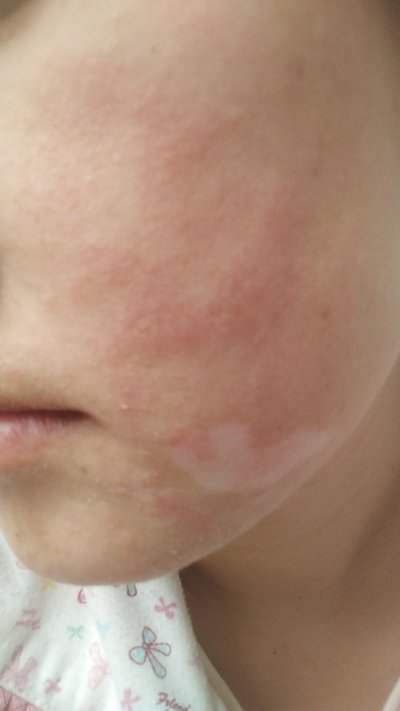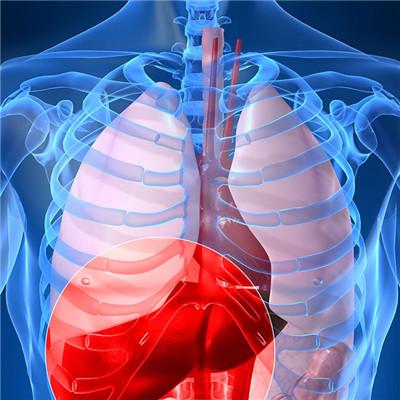Symptoms and prevention of coronary heart disease
summary
Coronary heart disease is the abbreviation of coronary heart disease, also known as ischemic heart disease. It is a kind of heart disease caused by myocardial ischemia and hypoxia or myocardial necrosis caused by coronary artery organic stenosis or occlusion (atherosclerosis or dynamic vasospasm). It often occurs after the age of 40 and can be seen in daily life. The symptom of coronary heart disease and prevention, below I tell you.
Symptoms and prevention of coronary heart disease
Angina pectoris: typical symptoms: pressing feeling behind sternum, stuffy feeling, accompanied by obvious anxiety, lasting for 3 to 5 minutes. It usually radiates to the left arm, shoulder, mandible, throat and back, and also radiates to the right arm. Sometimes it can affect these parts without affecting the posterior sternal area. Exertion, emotional excitement, cold, satiety and other conditions that increase myocardial oxygen consumption are called exertional angina pectoris, which can be relieved by rest and nitroglycerin. Sometimes angina pectoris is not typical, can be manifested as tight breath, syncope, weakness, belching, especially in the elderly.
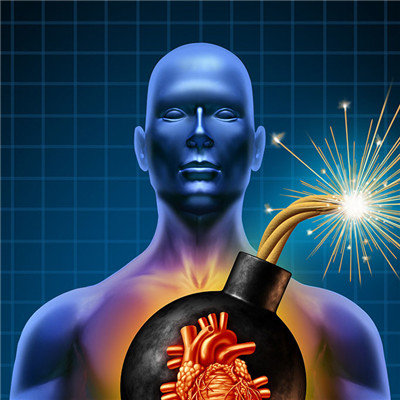
Myocardial infarction: typical symptoms: persistent severe compression, stuffy feeling, even knife like pain, located behind the sternum, with constant wave and the whole chest, especially on the left side. A week or so before infarction, there are often prodromal symptoms, such as angina pectoris at rest and slight physical activity, accompanied by obvious discomfort and fatigue. During the infarction, the symptoms were persistent severe compression, stuffy feeling, even knife like pain, located behind the sternum, with constant wave and the whole anterior chest, especially on the left side.

Silent myocardial ischemia: typical symptoms: no obvious symptoms, mostly found after myocardial infarction. Many patients have extensive coronary artery occlusion but do not feel angina pectoris, and even some patients do not feel angina pectoris during myocardial infarction. Some patients had sudden cardiac death and were found to have myocardial infarction during routine physical examination. Some patients had arrhythmia due to ischemia in ECG or coronary angiography due to positive exercise test. This kind of patients have the same chance of sudden cardiac death and myocardial infarction as patients with angina pectoris, so we should pay attention to the usual heart health care.
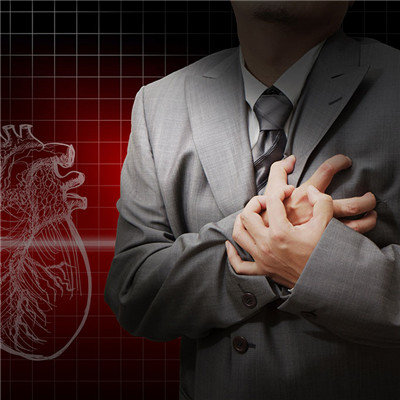
matters needing attention
Patients with angina pectoris and other early symptoms of coronary heart disease should go to the hospital in time to make a definite diagnosis. Once diagnosed with coronary heart disease, they should adhere to long-term regular treatment. At the same time of lifestyle changes, the risk factors, including hypertension, abnormal lipid metabolism and hyperglycemia, should be controlled. According to the patient's situation and risk, doctors should choose drugs reasonably and hierarchically.
